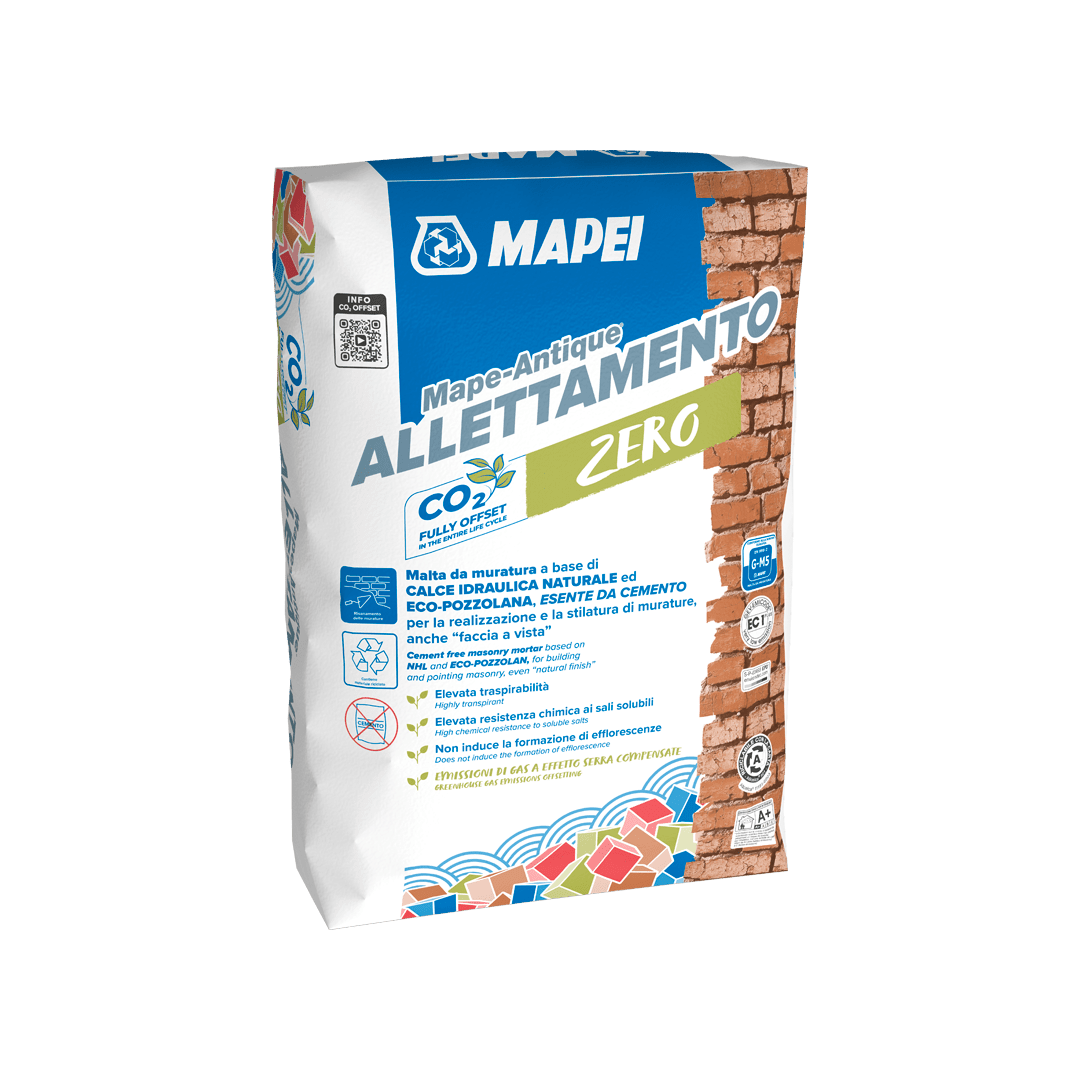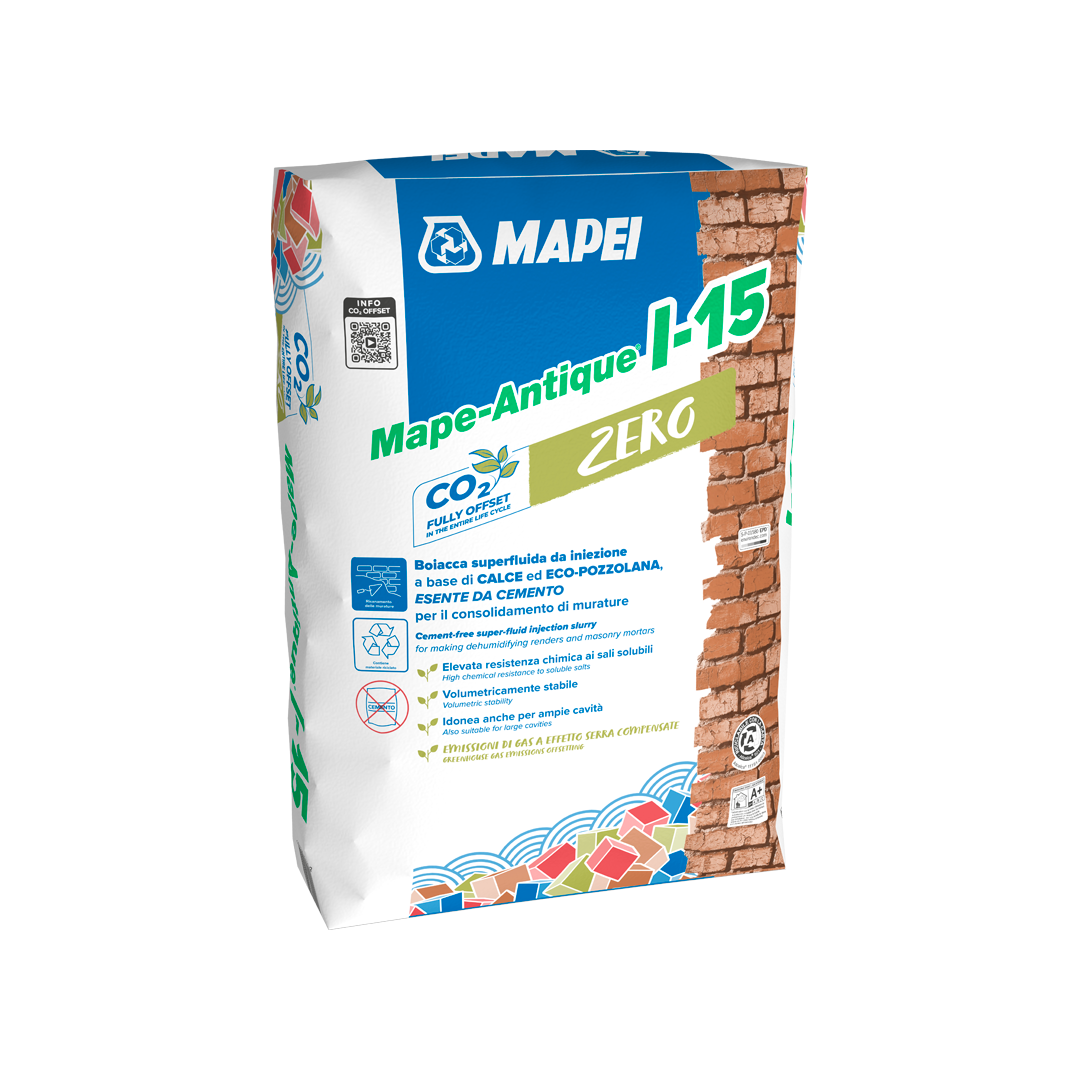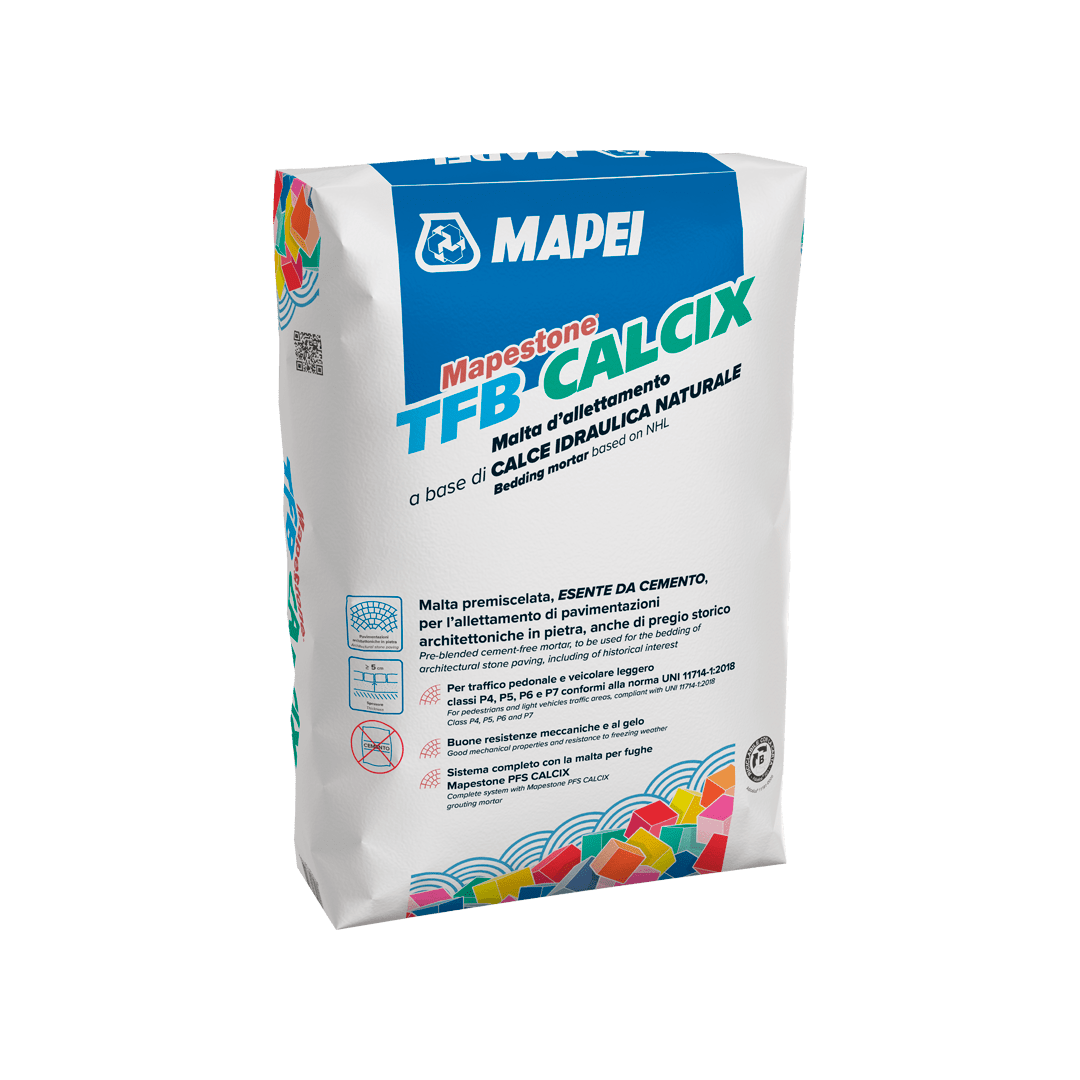The restoration of the Madonna della Stella Bridge in Gravina in Puglia combined innovation and sustainability to preserve a historic symbol. The intervention included structural strengthening, masonry restoration with innovative materials, new stone paving and scenic lighting, enhancing the bridge without altering the rock habitat. Thanks to teamwork and the use of cutting-edge technologies, the viaduct was returned to the community, maintaining its beauty and functionality intact.
The city of Gravina in Puglia, in the Province of Bari (southern Italy), is famous for its natural landscape, the way it blends in with the surrounding houses and the gorge running through the city. The gorges are deep canyons typical of the Apulian territory, the result of thousands of years of erosion caused by the action of water against the limestone rocks. In the case of Gravina in Puglia, there is a stream of the same name flowing at the bottom of the large gorge. And it was to allow the gorge to be crossed that the Madonna della Stella bridge was built in 1686: an imposing arched structure measuring 37 m in height and 90 m in length connecting the two sides, so that pedestrians can take in the magnificent views of the surrounding landscape and reach the rugged Madonna della Stella church.

Upon completion of the restoration work, the bridge was inaugurated on 27 October 2024.
Because the bridge had collapsed during the earthquake in 1722, the Orsini family of Rome ordered the bridge to be rebuilt in the middle of the 18th century and to transform it into an aqueduct to channel water from two springs the other side of the city walls. Since then, the bridge, with its two rows of 25 arches, has been a quite unique feature of the Gravina landscape. In 1885 the arches were damaged by heavy flooding and were replaced by a support wall made from tuff ashlars and, to this day, the bridge is still built entirely of tuff. The first consolidation and restoration work on the bridge was carried out in 1860.
Apart from being part of the historic and cultural heritage of the territory in which it is stands, because of the evocative urban and natural context where it is located, the bridge has been a backdrop for many important films such as “Maria Maddalena” (2018), “Il Bene mio (My own good” (2018), “Pinocchio” (2019), “Il ladro di giorni (Stolen days)” (2019), “Tolo Tolo” (2020) “L’ultimo Paradiso (The last paradise)” (2021) and, last but certainly not least, the 007 James Bond film “No Time to Die” (2021).
Restoration project
Between 2023 and 2024 consolidation and restoration work commissioned by Gravina Local Council was carried out on the bridge. The work was made possible thanks to funding from the Apulia Regional Government and took into consideration the historic, architectural and cultural value of the bridge.
Its value is also acknowledged by FAI (Fondo dell’Ambiente Italiano, or National Trust for Italy) which, through a contest entitled “I luoghi del cuore” (Places of the heart), linked the restoration project to work to enhance the bridge which, thanks to the
installation of an efficient lighting system for the pathway and arches of the bridge, meant that the second level of arches could now also be crossed.
The objectives of the restoration work also included the desire to preserve the most particular parts of the monument and enhance the original look of the viaduct while conserving, where possible, the existing look. To achieve this aim targeted studies were carried out, which included a thorough investigation into the type of structure and the problems encountered to ensure it would maintain its functionality.
The aim of the restoration was to solve the problem of cracking and deterioration and was carried out without disturbing the rocky habitat in which it is located. Going into detail, water infiltrating through the paving along the entire length of the pathway had triggered a process of erosion and to the bridge being infested with vegetation, as well as cracks along the central pile and the intrados of the lower arches. The investigations, however, did not reveal any structural instability.

The restoration work, carried out between 2023 and 2024, was aimed at solving the cracking and deterioration problems of the bridge.
The restoration work involved numerous people: designers, the main contractor, the Local Heritage Authority and an authorised distributor. To meet the requirements of the owner, Mapei Technical Services and specialists from the Restoration and Renovation product line were also involved when choosing the most suitable materials to be used for the various phases of the work.
The synergy of the skills and expertise of all these professionals enabled the problems of deterioration and structural integrity of the piles and arches to be overcome, modulating the innovative Mapei systems employed to perfection.
At certain times, site logistics also proved to be a determining factor: erecting scaffolding, for example, meant that the site had to be sub-divided into distinct lots so that every point of the structure could be reached during work, without interfering with the passage of pedestrians along the main pathway.
The right products to restore the structure
For the retaining walls and “exposed” arches of the viaduct, repair work was carried out using the “touching-up” technique and by “repointing” the stone: the cracks and gaps in the limestone elements were cleaned to remove the deteriorated existing mortar before filling the gaps and joints with new mortar compatible from a chemical-physical and elastic-mechanical perspective with the original materials. For this part of the work the product chosen was coloured Mape-Antique Allettamento cement-free, natural hydraulic lime-based, salt-resistant mortar containing recycled materials and with fully offset CO2 emissions*.

On the retaining walls and the exposed arches of the viaduct, the technique of “touching up”’ and “pointing” was carried out with Mape-Antique Allettamento mortar.
Mape-Antique Allettamento mortar was used for certain stretches of the masonry parapets, while other sections of the viaduct were deliberately excluded from the cleaning operations in order to keep the signs of the passage of time (patina from aging, black crusty stains, etc.).

In order to ensure the correct functionality of the bridge structure, the wall façades were reinforced with injections of a super fluid injection slurry made with Mape-Antique I-15 hydraulic binder.
To guarantee the correct functionality of the bridge structure and improve its mechanical characteristics, the masonry facing walls were consolidated by injecting them with special slurry. The slurry used to fill the internal cavities of the tuff abutments was formulated using Mape-Antique I-15 cement-free, lime-based, salt-resistant hydraulic binder with fully offset CO2 emissions*. This product was chosen because the slurry, once hardened, has very similar characteristics (mechanical strength, modulus of elasticity and porosity) to the lime, lime-Pozzolan and hydraulic lime mortars traditionally used in the construction of historic buildings.
Some of the masonry elements were consolidated by drilling holes into the structure to a depth of around 2/3 the thickness and then injecting fluid slurry made from Mape-Antique I-15 so that galvanized rods could be inserted.
On the larger surfaces, on the other hand, the same product was applied into the substrates using low pressure pumps.

Consolidation work was carried out on some of the walls by drilling holes for about 2/3 of their total thickness and injecting a fluid slurry made from Mape-Antique I-15.
Work to improve static stability
Apart from the consolidation and restoration activities, further work was carried out to improve the static capacity to guarantee a higher level of stability for the structure. This work included “dry stitching” in proximity to some of the lesions by inserting 8 mm and 10 mm diameter ultra-high resistance Mapei Steel Dry AISI 316 stainless steel helical bars in holes drilled into the structure. These rods have very high tensile strength and are able to restore the connection between the facing walls.

Mapei Steel Dry, ultra high-strength “dry-applied” helical AISI 316 stainless steel bars, were inserted to ensure greater stability of the structure.
Architectural stone paving
The pathways at the second level of the first row of arches of the viaduct, and all the nature trail accessing the bridge, received new architectural paving which, thanks to the installation technique used and the final effect created, recall and are in context with the paving typically found in the local area.
The system consisted of creating an installation bed of Mapestone TFB Calcix cement-free, pre-blended, lime-based neutral mortar with a high content of recycled materials, ideal for creating stone paving for pavements, piazzas and roads open to light traffic, including those of historic interest. In this case, the mortar was mixed with local aggregates and “tufina” (a traditional local material from crushed tuff), before being applied at an average thickness of 7 cm, creating a compact surface for walking on with good mechanical properties.
Using these Mapei solutions enabled all the restoration operations to be carried out while meeting the requirements of the Local Heritage Authority. Once all the work had been completed, on 24th October 2024 the bridge and aqueduct were “returned” to the local residents and tourists with an official “Lights on the bridge” ceremony, featuring theatrical monologues, scenes recalling day-to-day life from the past and a light and sound show to accompany the switching-on of the new scenic lighting system.
The bridge, an unmistakable symbol of Gravina, shines once again in all its rediscovered and ancient beauty. Taking inspiration from the book “The human bridge”, in which Enzo Siviero, civil engineer, architect and Professor in Construction techniques, dedicates poetic thoughts to other bridges in other parts of the world, we can also say of the Madonna della Stella bridge that: “The bridge is no longer an immobile, static object, but a dynamically vibrant subject for the ideas and suggestions it will be able to transmit to those who cross it to admire the panorama and the connection between past and present. Look, stop, watch, observe. From each detail to the whole”.
The bridge is no longer an immobile, static object, but a dynamically vibrant subject for the ideas and suggestions it will be able to transmit to those who cross it to admire the panorama and the connection between past and present. Look, stop, watch, observe.

On the walkways of the second level of the first order of arches of the viaduct and along the entire route, new architectural paving was installed with Mapestone TFB Calcix cement-free mortar.
Owner: Gravina In Puglia Local Council
Director of works: Nicola Stefanelli
Project lead: Onofrio Tragni (UTC)
Archaeology, Fine Arts and Landscape Authority for the metropolitan city of Bari: Mara Carcavallo
Works designer: Nicola Stefanelli (Esse Ingegneria Srl)
Main contractor: Land srl (Rome)
Site managers: Alvaro Caioli and Tommaso Bellantuono
Mapei distributor: Tuttoperedilizia srl
Mapei coordinators: Arianna Colella, Giammario Dispoto, Gianni Villani, Mariella Ragone, Massimiliano Antichi and Achille Carcagnì, Mapei SpA
*These products are part of the line of products with CO2 fully offset emissions for their entire life cycle. CO2 emissions measured throughout the life cycle of products from the Zero Line in 2025 using LCA methodology, verified and certified by EPD, are offset through the acquisition of certified carbon credits in support of forestry protection projects.
























